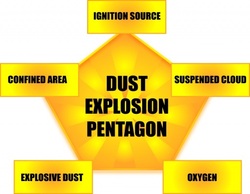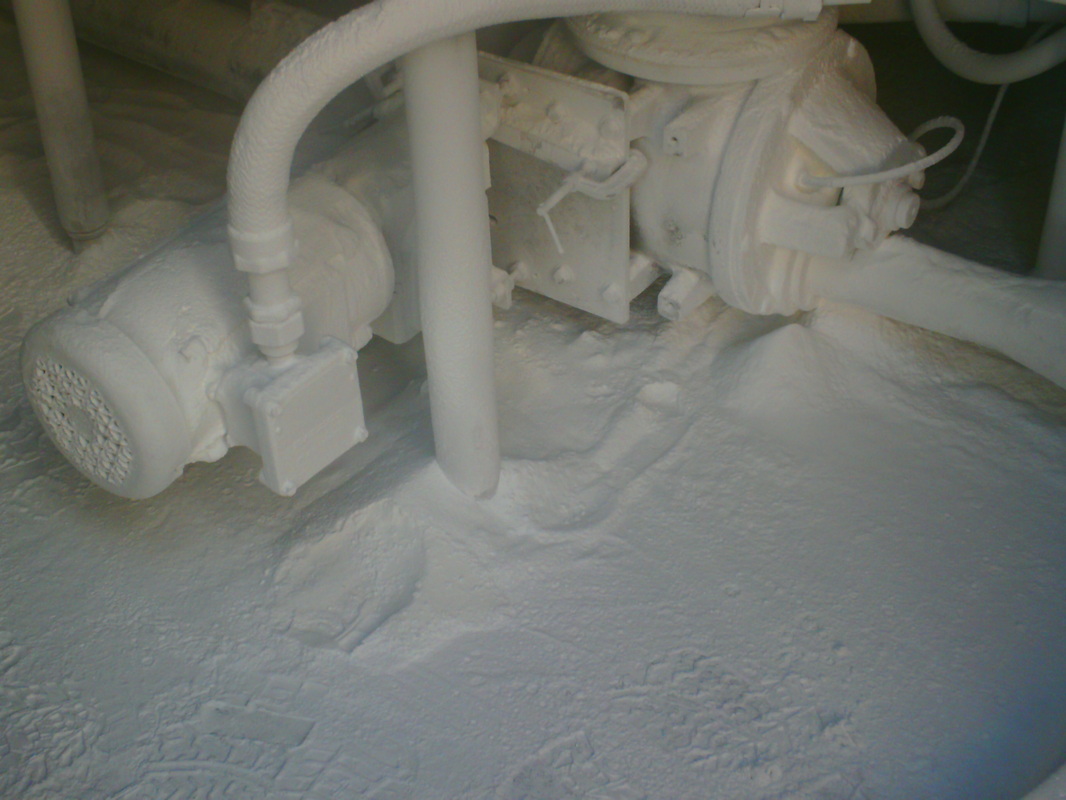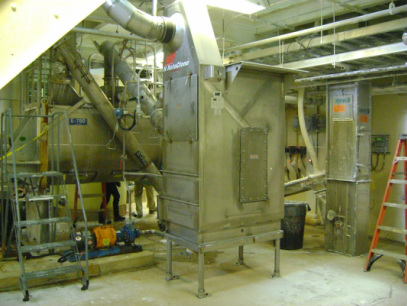COMBUSTIBLE DUST HAZARD ANALYSIS
IN THE NEWS
|
TYPICAL IMPLEMENTATION CHALLENGESIf you need expert assistance on a specific combustible dust challenge in your facility, we can assist your staff in performing targeted evaluations of more complex issues. A few common topics include the following:
|




